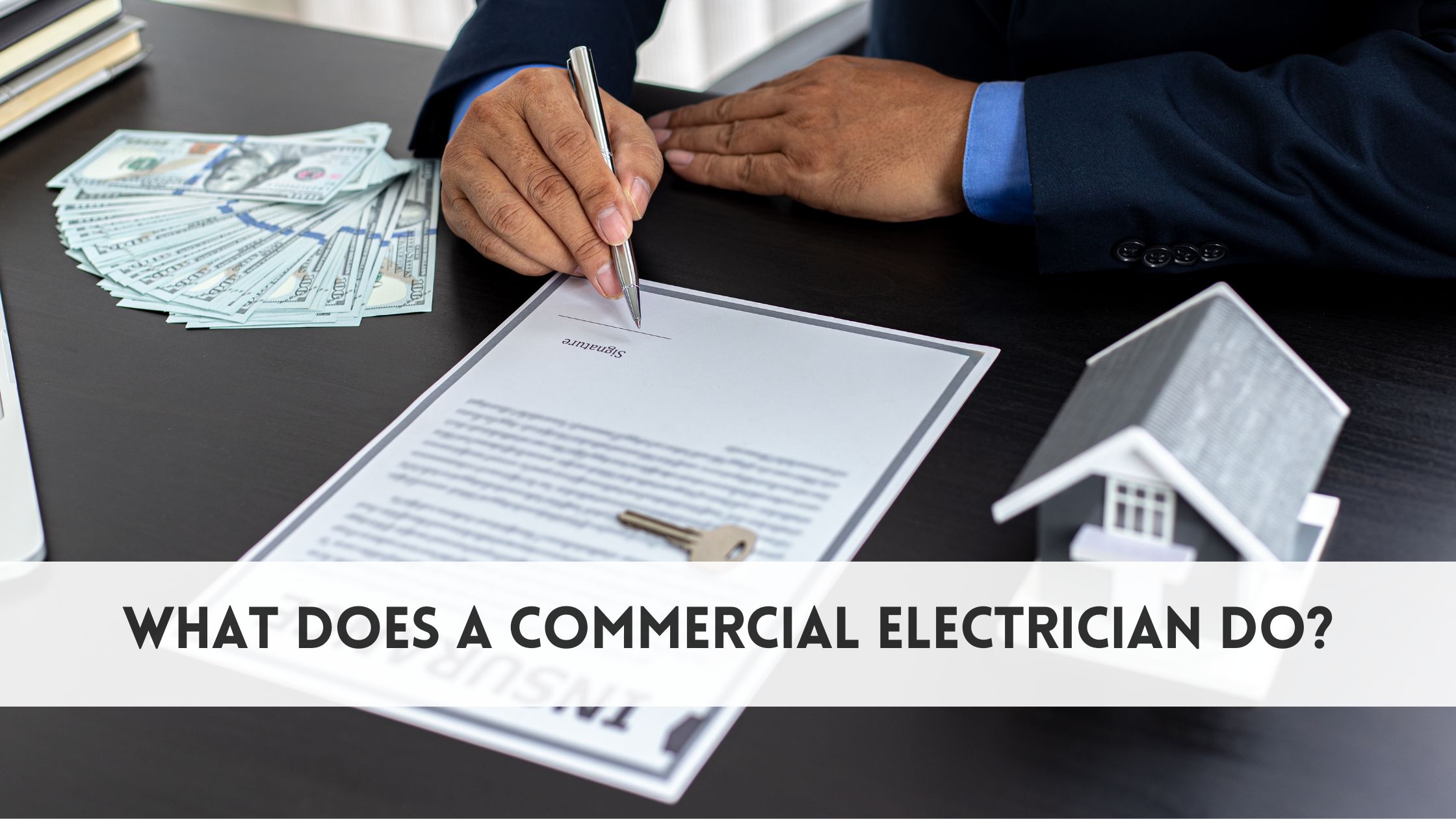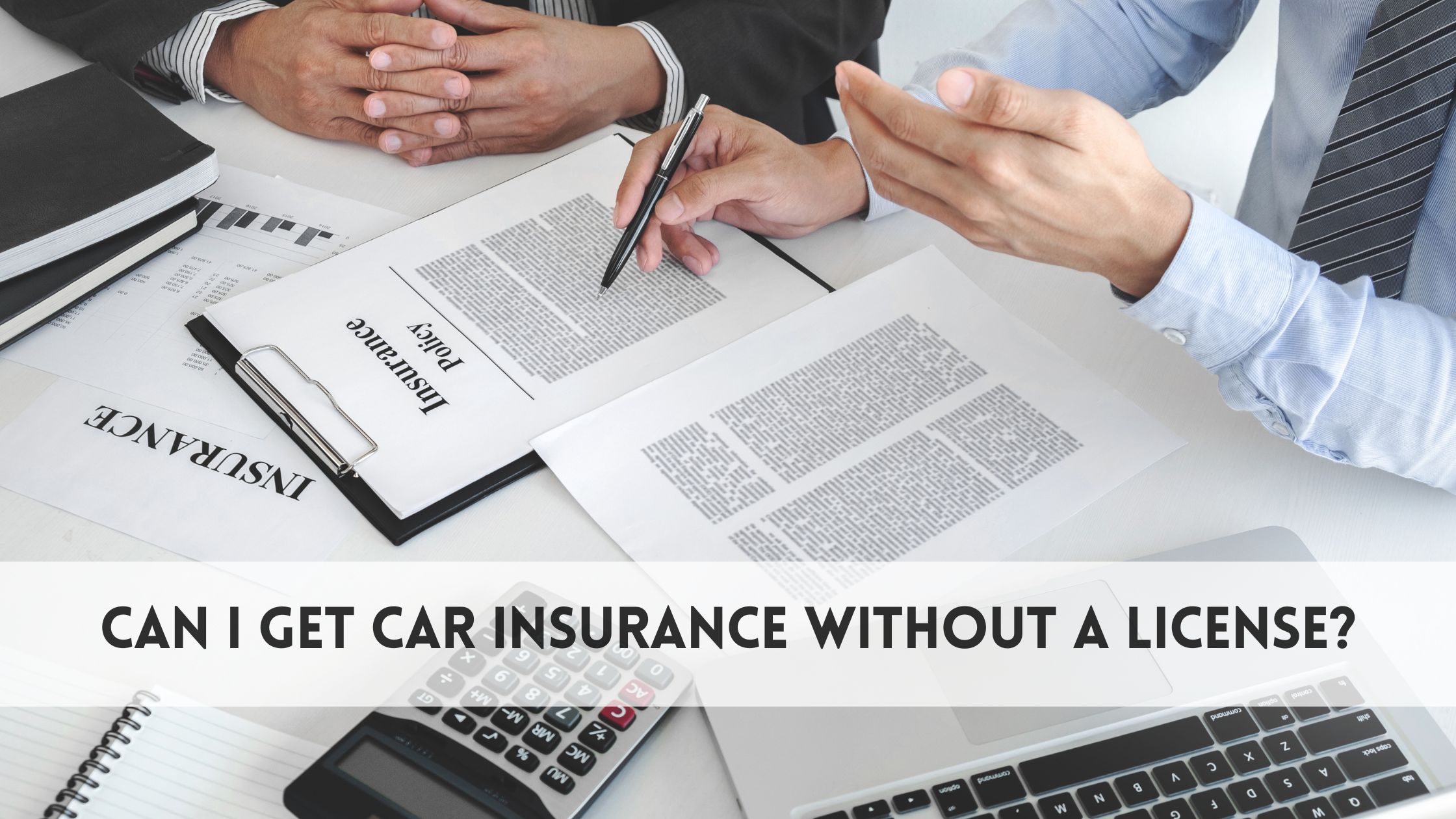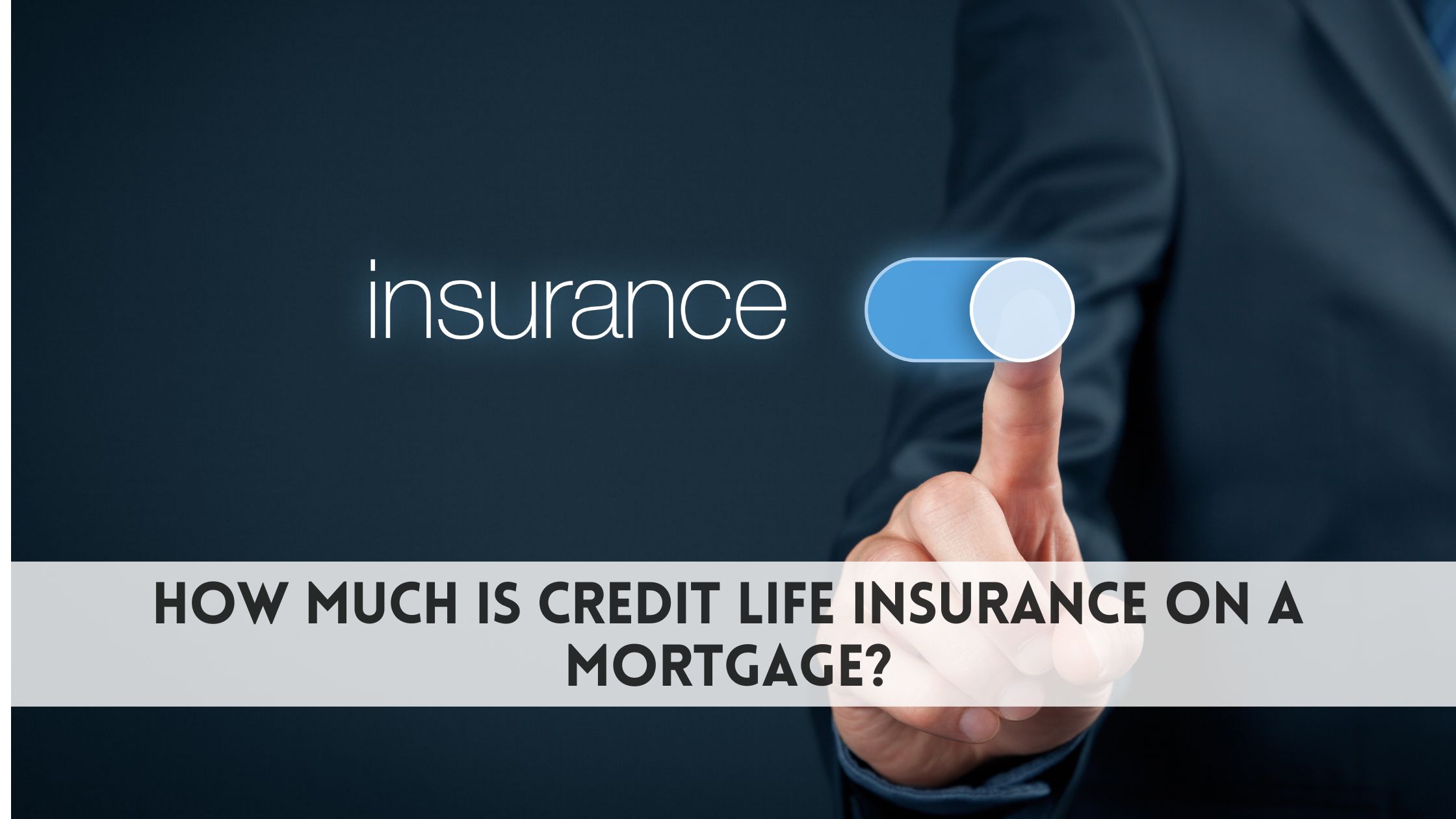How much is home insurance?

Home insurance is a vital safeguard for any homeowner, offering financial protection against unexpected events that can damage your property or belongings. This type of coverage typically protects against risks such as fire, theft, vandalism, severe weather, and liability claims arising from injuries on your property. So, How much is home insurance? Having the right insurance policy ensures that costly repairs, replacements, or legal expenses do not become a personal financial burden.
Beyond being a requirement for many mortgage lenders, home insurance provides peace of mind by securing one of your most valuable assets, your home. It also often covers additional living expenses if you are temporarily displaced due to a covered loss. Understanding the key components of home insurance, including coverage limits and deductibles, empowers homeowners to select a policy that fits their needs and financial situation. Ultimately, a well-chosen home insurance policy is essential to protect your investment and maintain financial stability in times of uncertainty.
How much is home insurance in Rutland, VT?
Home insurance costs vary widely depending on location, home characteristics, and coverage levels. In Rutland, VT, the average home insurance premium ranges from approximately $800 to $1,400 per year. Below is a detailed breakdown of average costs based on different coverage levels:
| Coverage Level | Average Annual Cost | Coverage Details |
| Basic Homeowners Insurance | $800 – $1,000 | Structural damage, fire, theft |
| Standard Homeowners Insurance | $1,000 – $1,200 | Adds personal property, liability |
| Comprehensive Homeowners Insurance | $1,200 – $1,400+ | Includes additional riders and high limits |
Basic Homeowners Insurance: $800 – $1,000 Annually
Basic homeowners insurance coverage typically costs between $800 and $1,000 per year. This level of coverage primarily protects the physical structure of your home from common perils such as fire, theft, and certain types of weather damage. It also covers structural repairs or rebuilding costs if your home suffers damage. However, basic policies often do not include coverage for personal belongings or liability protection. This coverage level is suitable for homeowners seeking essential protection at an affordable price, especially if they already have additional policies for personal property or liability. Understanding this basic tier helps homeowners gauge the minimum protection needed for their property and what additional coverage they might want to consider for full peace of mind.
Standard Homeowners Insurance: $1,000 – $1,200 Annually
Standard homeowners insurance ranges from $1,000 to $1,200 annually, and offers broader protection than basic plans. In addition to covering structural damage, this level typically includes personal property coverage, which protects belongings like furniture, electronics, and clothing. It also provides liability coverage to protect you against lawsuits if someone is injured on your property. This coverage level balances affordability with comprehensive protection, making it the most popular choice for homeowners. By understanding what standard coverage includes, homeowners can better assess the value of their assets and ensure that both their home and possessions are adequately insured without paying for unnecessary extras.
Comprehensive Homeowners Insurance: $1,200 – $1,400+ Annually
Comprehensive homeowners insurance generally costs $1,200 or more per year, offers the highest level of protection. This plan includes all the benefits of standard coverage but adds extra protection through optional riders or endorsements. These can cover high-value items such as jewelry, artwork, or specialized equipment that might not be fully protected under standard policies. Comprehensive coverage may also include broader peril protection, such as coverage for floods or earthquakes when added separately. This tier is ideal for homeowners with valuable possessions or those who want maximum financial security against a wide range of risks. Investing in comprehensive coverage ensures peace of mind and robust protection customized according to individual needs.
How Can You Get the Best Home Insurance Rates?
Finding affordable home insurance requires strategic steps to balance cost and coverage. Here are effective ways to lower your premiums while ensuring adequate protection:
Shop Multiple Quotes
- Request quotes from at least three to five different insurance companies to compare rates.
- Use online tools or work with an independent insurance agent to gather competitive offers.
- Compare not just prices but coverage options and customer service reputation.
- Regularly re-shop your policy every one to two years to capture better deals as market rates change.
Bundle Policies
- Combine your home insurance with other policies, such as auto or life insurance, from the same provider.
- Bundling often qualifies for multi-policy discounts, which can reduce premiums by 10-25%.
- Ensure bundled policies meet your needs without sacrificing essential coverage.
- Review bundled policy discounts annually to maximize savings.
Increase Your Deductible
- Opting for a higher deductible lowers your monthly or annual premiums.
- Ensure you can comfortably afford the deductible amount in case of a claim.
- Balance deductible increases carefully to avoid unexpected out-of-pocket costs.
- Higher deductibles work best for homeowners with emergency savings set aside.
Improve Home Security
- Install security systems, smoke detectors, and deadbolt locks to reduce risk.
- Some insurers offer discounts of 5-15% for verified security measures.
- Maintain fire prevention tools like extinguishers and alarms regularly.
- Document upgrades to your home’s safety features when applying for quotes.
Maintain Good Credit
- Insurers often use credit-based insurance scores to determine premiums.
- Pay bills on time and reduce debt to improve your credit score.
- Monitor your credit report for errors and dispute inaccuracies promptly.
- Better credit scores generally translate into lower insurance costs.
Review Coverage Annually
- Regularly reassess your policy to adjust coverage based on changes to your home or possessions.
- Remove outdated coverage or add new items like renovations or valuables.
- Ensure your coverage limits reflect current replacement costs.
- Avoid overpaying for unnecessary extras by customizing your policy yearly.
Key Takeaways From Our Home Insurance Rates Analysis
- The average cost of home insurance in Rutland typically ranges from $800 to $1,400 annually.
- Rates vary primarily based on coverage levels and individual home factors.
- Shopping around and bundling policies can save 10-20% on premiums.
- Taking proactive steps to reduce risks lowers your overall insurance cost.
What Are the Factors That Affect Homeowners Insurance Premiums?
Understanding factors is essential for homeowners to manage their insurance expenses effectively. Each factor reflects the risk profile associated with the property and the likelihood of a claim. Insurers analyze these details carefully to determine premiums that accurately reflect potential costs.
Home Value and Replacement Cost
The value of your home plays a significant role in determining your insurance premium. More expensive homes generally cost more to insure because they require higher coverage limits to protect the structure adequately. Replacement cost is the amount it would take to rebuild your home from scratch, considering current construction costs and materials. Insurance companies base premiums on this figure to ensure sufficient funds are available to repair or rebuild in case of damage. Accurately estimating replacement cost helps prevent underinsurance and unexpected out-of-pocket expenses after a loss.
Location and Weather Risks
Where your home is located heavily influences insurance rates. Areas prone to natural hazards such as storms, flooding, or wildfires typically experience higher premiums due to increased risk. Seasonal weather patterns also impact coverage costs; for example, homes in regions with heavy snowfall or frequent storms may face elevated rates to account for potential damage. Proximity to fire departments, hydrants, and crime rates in the neighborhood also factor into pricing. Insurers assess local risk factors to set premiums that reflect the likelihood of claims related to weather and environment.
Home Age and Construction
The age and construction quality of a home significantly affect insurance costs. Older homes may have outdated electrical, plumbing, or roofing systems that increase the risk of damage or loss, leading to higher premiums. Additionally, homes built with fire-resistant materials or modern safety features often qualify for lower rates. The overall condition and maintenance of the property also impact pricing since well-maintained homes are less likely to suffer severe damage. Insurers evaluate construction type and home age to estimate the risk and cost of potential repairs accurately.
Claims History
A homeowner’s previous insurance claims history is a critical factor influencing premium rates. Frequent claims or recent large payouts can indicate higher risk to insurers, leading to increased premiums or policy restrictions. Conversely, a clean claims record often results in lower rates and eligibility for discounts. Insurers use this history to predict future claim likelihood and adjust pricing accordingly. Maintaining a good claims record by minimizing minor claims or addressing issues proactively can help reduce insurance costs over time.
Credit Score
Many insurance companies use credit-based insurance scores as part of their risk assessment process. Studies have shown a correlation between credit history and the likelihood of filing claims, so a better credit score often results in lower premiums. A strong credit profile suggests financial responsibility, which insurers reward with more favorable rates. Conversely, poor credit can increase insurance costs. Homeowners can benefit by monitoring and improving their credit scores, which not only affect loan interest rates but also insurance premiums.
Coverage Limits and Deductibles
The amount of coverage you select and your deductible level have a direct impact on your insurance premium. Higher coverage limits mean the insurer is responsible for a larger potential payout, which increases the cost of your policy. Conversely, choosing a higher deductible — the amount you pay out of pocket before insurance kicks in — typically lowers your premium. Balancing coverage and deductible amounts according to your financial comfort level is key to managing costs without sacrificing adequate protection.
Security Features
Installing security and safety features can significantly reduce insurance premiums. Alarm systems, smoke detectors, fire extinguishers, and deadbolt locks reduce the risk of theft, fire, and damage, making your home less likely to require costly claims. Insurers often offer discounts to homeowners who invest in these protections, reflecting the lowered risk. Regular maintenance of these systems and documented security improvements can further enhance eligibility for reduced rates, making home security investments financially beneficial beyond just safety.
What Is the 80% Rule in Homeowners Insurance?
The 80% rule is an important guideline used by insurance companies to ensure homeowners carry sufficient coverage on their property. This rule states that your insurance policy should cover at least 80% of your home’s replacement cost—the estimated amount it would take to rebuild your home completely in the event of a total loss.
If your coverage falls below this 80% threshold, insurers may apply a penalty called “coinsurance.” This means they could reduce the amount paid on a claim proportionally to how much coverage you have versus the required amount. For example, if your home’s replacement cost is $200,000 but your policy covers only $120,000 (60%), the insurer might pay only 60% of the claim, leaving you responsible for the remainder.
Following the 80% rule helps homeowners avoid costly out-of-pocket expenses after a loss by ensuring their insurance keeps pace with rebuilding costs. Regularly reviewing and updating your policy to reflect current replacement costs is essential, especially as construction prices change. Understanding and applying the 80% rule is key to maintaining adequate home protection and financial security.
What Is Considered Good Home Insurance Coverage?
Good home insurance coverage balances cost with sufficient protection for your home and belongings. A solid policy typically includes:
- Dwelling Coverage: Protects the physical structure of your home.
- Personal Property Coverage: Covers your possessions inside the home.
- Liability Protection: Covers injuries or damages to others on your property.
- Additional Living Expenses: Pays for temporary housing if your home is uninhabitable due to covered damage.
- Optional Riders: For valuables like jewelry, art, or specialized equipment.
Final Words
So, How much is home insurance? While determining the cost of home insurance, homeowners can expect to pay anywhere from $800 to $1,400 annually, depending on factors like coverage levels, home value, and location-specific risks. Understanding the factors that influence premiums, such as the age of your home, the presence of security features, and your claims history, will empower you to make informed decisions when selecting a policy.
To secure the best rates, it’s essential to compare quotes from multiple providers, bundle your policies for discounts, and consider adjusting your deductible to balance cost and coverage. Additionally, ensuring your home insurance policy meets or exceeds the 80% rule is crucial to avoid penalties in the event of a claim. Adequate coverage ensures that you are fully protected, preventing significant financial setbacks in the event of damage or loss. By staying proactive and regularly reviewing your policy, you can maintain the right coverage and achieve peace of mind at the most competitive price.


